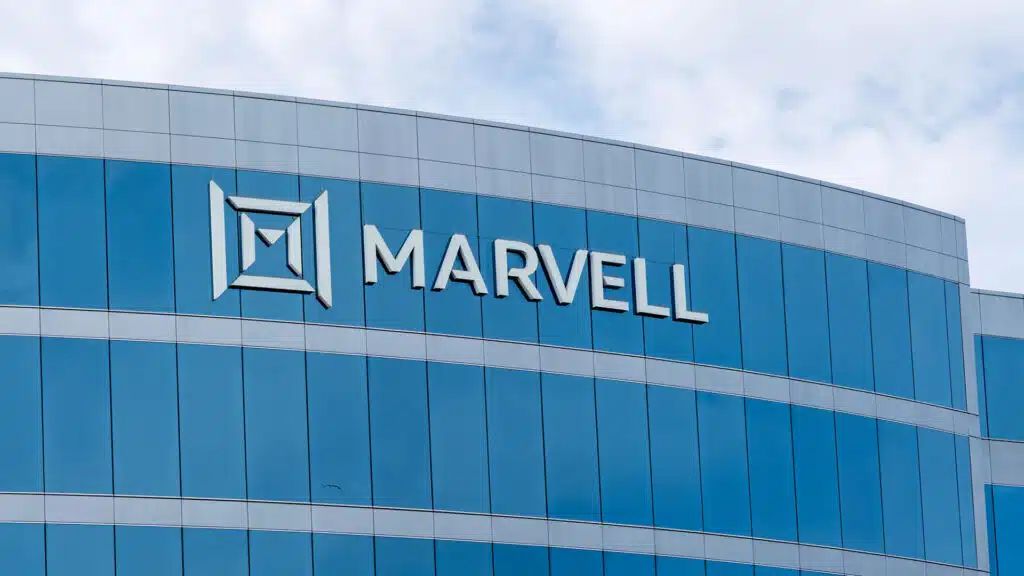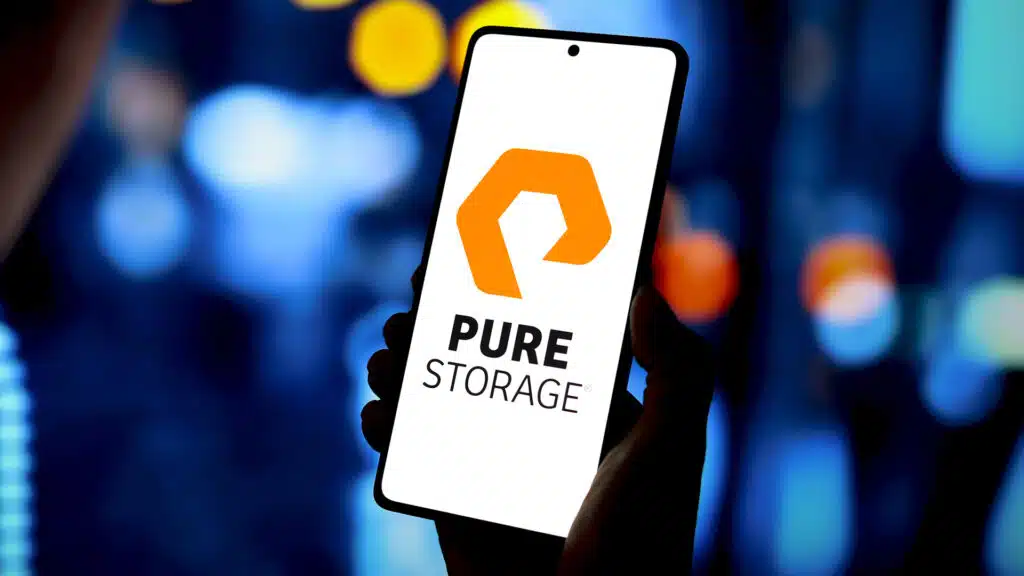The Six Five team discusses HPE Storage Day.
If you are interested in watching the full episode you can check it out here.
Disclaimer: The Six Five Webcast is for information and entertainment purposes only. Over the course of this webcast, we may talk about companies that are publicly traded and we may even reference that fact and their equity share price, but please do not take anything that we say as a recommendation about what you should do with your investment dollars. We are not investment advisors and we ask that you do not treat us as such.
Transcript:
Patrick Moorhead: I literally landed in Houston Tuesday morning at about, I don’t know, 1:00 AM and attended a great event that they had at their corporate headquarters in Spring, Texas, which is really close to Houston. And it was really two experiences in one. The first was Antonio Neri, HPE CEO, let us attend his quarterly employee meeting, which I thought was just fantastic. And I’ll admit being out of the corporate world for 12 years, I didn’t enjoy a single quarterly meeting that we had. But I have to tell you, this was different. I mean they had this – I don’t know – this high grade band and I didn’t know if it was Daniel Newman up at the turntable scratching, but this guy was great. And their chief security officer was the emcee for the day. And typically when you think of chief security officer and entertaining, those two don’t normally come hand in hand, but they really brought it.
It was a produced show, not only for the remote employees around the world, but it was really good for people who participated in that. And after that, we went into this big announcement. So HPE let all the analysts attend their event that they broadcasted globally, and it was HPE Storage Day. A couple things going on there. So quickly, they announced the Alletra Storage MP, which could be block or file. So literally one piece of art, typically block and file storage are two separate systems, and this was one that can do both. The way that the technology is working, if you tune and use the right type of storage and have the right type of algorithms, you can actually do that. They also are working with VAST on a scale out file solution and it’s block storage. We don’t know who is going to do the other part of it, but that was cool to see because VAST is an absolute high-flyer out there and I think this adds the highest performance. So think HPC, think AI, in particular. So I thought that was super exciting.
The company also doubled down on GreenLake and by the way, you can get all of this Alletra storage goodness as a service, but they also had HPE GreenLake for backup and recovery, HPE GreenLake for Disaster Recovery, which again, those are – as opposed to – I would call it dumb blob storage or even block or file, these are actually services that 100% make sense. And if you look at the ransomware as a particular element of this coming in, no longer are we looking at security as perimeter. In fact, it’s perimeter, we’re going to try to keep you up, but we know we’re going to get in and we know you’re going to get in and we know you’re going to do damage, so we have to protect our data.
So again, the VAST tie-up was all about high performance. I think that we don’t know yet who they’re going to partner with on the other side of the house, but there’s a lot of stuff going on at HPE. There were some NDA information that was communicated. There was something publicly that Antonio talked about that he had mentioned at its financial analyst conference about getting into essentially GreenLake for high performance computing, which is super exciting. Sometimes people forget that HPE acquired Cray. Cray has some very unique IP, particularly in the interfaces, and they also have the customer relationships to make that happen. HPE has won a bunch of National Labs contracts with varying degrees of success on turning these things on. But I believe that that HPE will be a force in this, let’s call it HPC as-a-service, which includes AI.
Daniel Newman: Yeah, so you hit on a lot of things Pat, and it was a good day for HPE overall. It’s been a good sort of period of time. If you remember the last few quarters, the company’s outperformed pretty significantly and we all know that this pivot to GreenLake has been one of the company’s unique competitive advantages. We are following closely others that are fast following, the likes of Lenovo, Dell, Cisco. And of course we’ve got this sort of battle for the scale up infrastructure that is going to be subscription based right now with this sort of austerity period in the economy where companies are sort of weighing, do we go to public cloud? Do we stay on prem? And GreenLake’s always been really well positioned to be sort of a good compromise for both. And in many cases, many workloads just make more sense to be run on prem.
And so with GreenLake having this kind of scale out services and competitive advantage of being a first mover, they’ve been able to continue to diversify the portfolio and build more comprehensive capabilities. So the big takeaway for me was really all about adding GreenLake subscription-based services to the platform, file block, disaster recovery, backup recovery services, all on GreenLake now. I think that the decision to do file with VAST was really interesting. I think you calling them a high-flyer is really a great term. You and I have been briefed – and I think they’ve publicly come out – and the company’s just really interesting and well run. Renen, the CEO of the company, very impressive, very smart, has built a product that is incredibly profitable, and I think the partnership with HPE could give it a really quick scale. Across the board I think as data continues to be the goldmine of growth for the organization, the ability for the company not only to be storage but to really offer data on demand is going to be a bigger and bigger part of the story.
You mentioned Cray, HPC, the ability for them to tap into that, to start to play a bigger role in this whole AI transformation, this training of large models. This is going to happen with powerful compute and HPE owns one of the most powerful computing platforms for HPC on the planet. Not talked about all that much, but I definitely see that becoming a bigger part of their story as well. So good day for HPE, sad I didn’t make it, glad we were able to cover it here, Pat.
Author Information
Daniel is the CEO of The Futurum Group. Living his life at the intersection of people and technology, Daniel works with the world’s largest technology brands exploring Digital Transformation and how it is influencing the enterprise.
From the leading edge of AI to global technology policy, Daniel makes the connections between business, people and tech that are required for companies to benefit most from their technology investments. Daniel is a top 5 globally ranked industry analyst and his ideas are regularly cited or shared in television appearances by CNBC, Bloomberg, Wall Street Journal and hundreds of other sites around the world.
A 7x Best-Selling Author including his most recent book “Human/Machine.” Daniel is also a Forbes and MarketWatch (Dow Jones) contributor.
An MBA and Former Graduate Adjunct Faculty, Daniel is an Austin Texas transplant after 40 years in Chicago. His speaking takes him around the world each year as he shares his vision of the role technology will play in our future.







